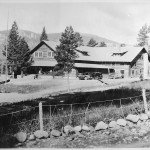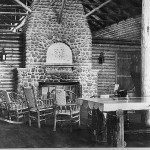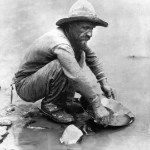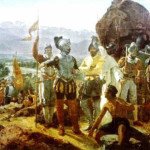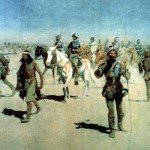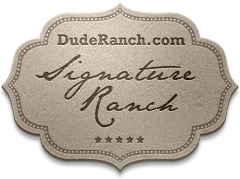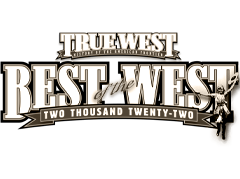A Golden Walk Through Time
Our historic and timeless backcountry piece of Southwest Colorado was settled by the Spanish in the 1600s and their legacy still lives figures very prominently here today. The RTR ranch is located near several historic Spanish land grants, while the river flowing through the ranch is named the Conejos—the Spanish word for rabbit – pronounced “kon-eh-hos.”
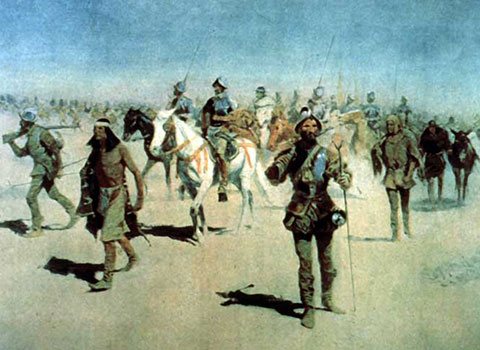
Spanish Conquistador Coronado by
Frederic Remington, 1861–1909
Ranch History Gallery
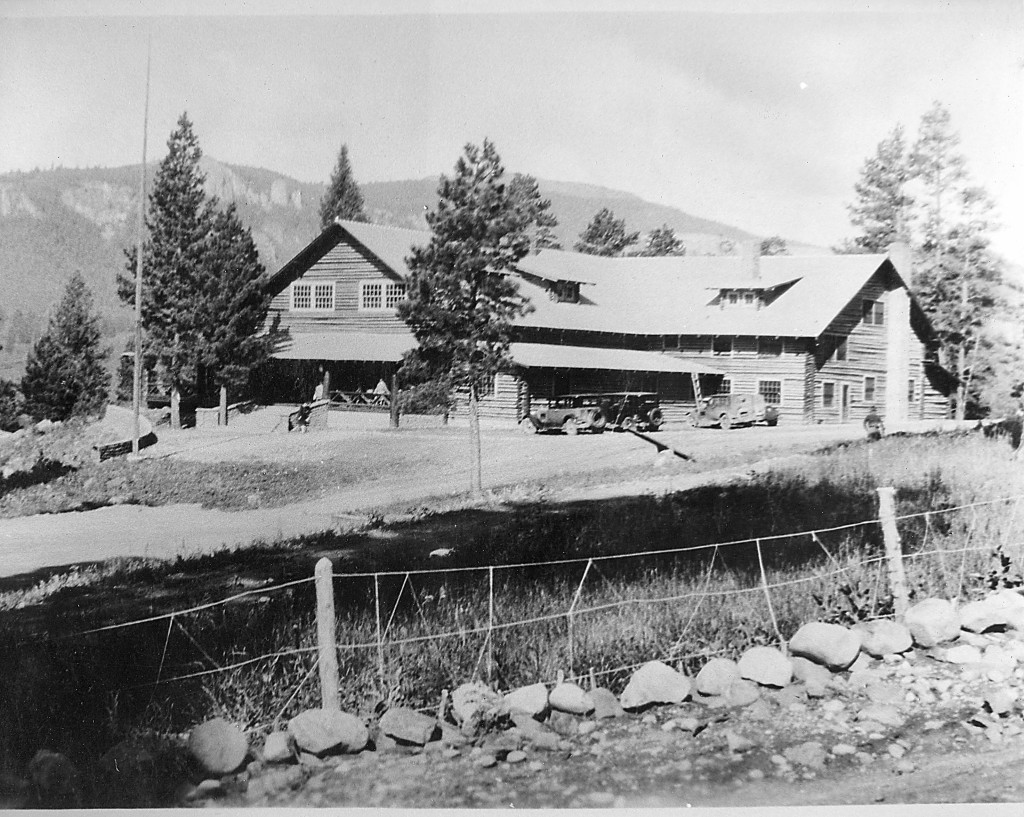
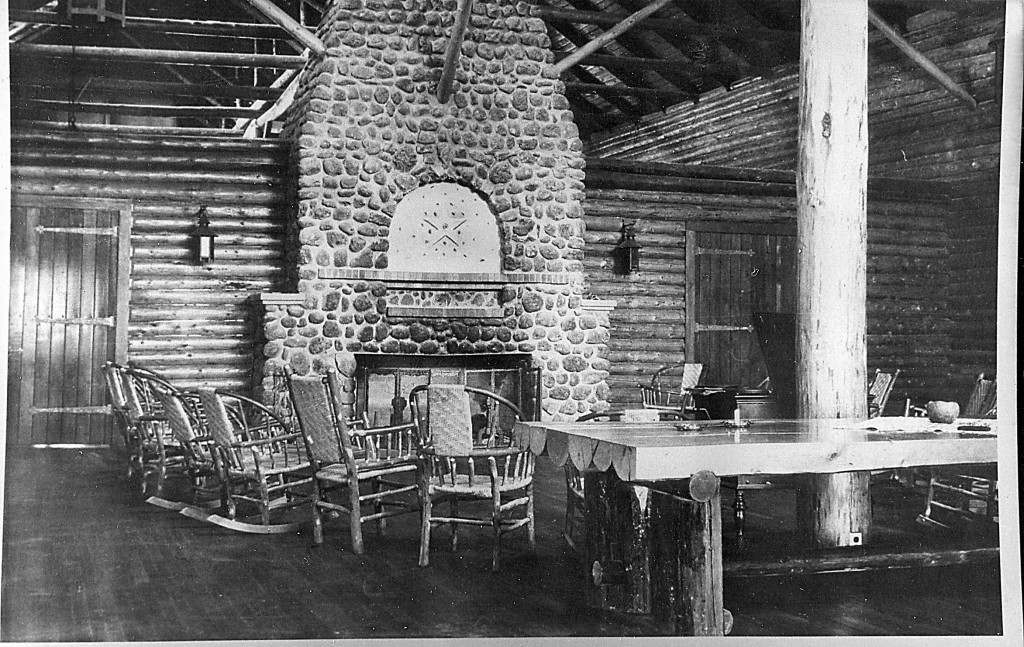
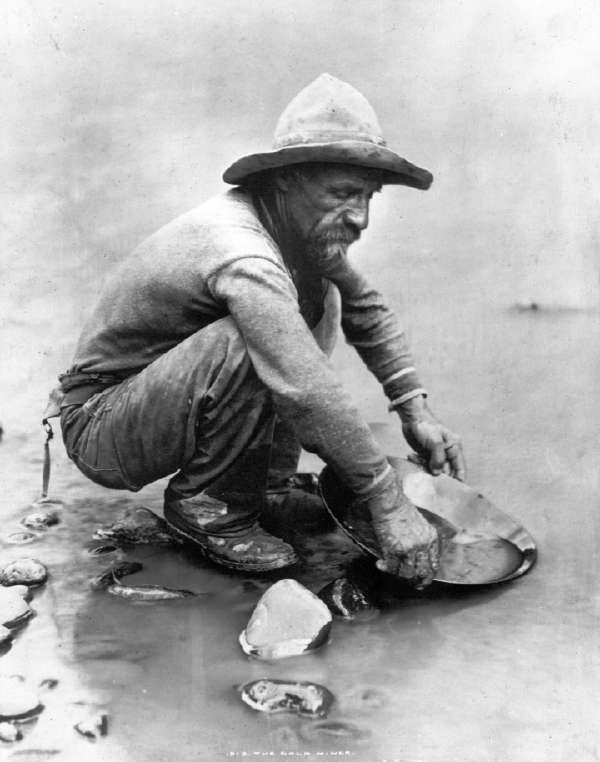
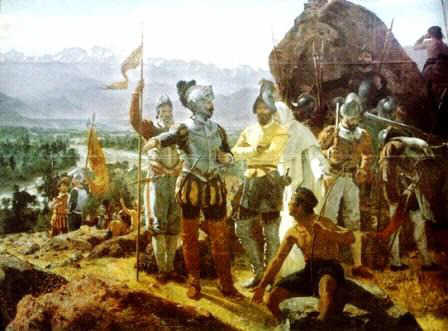
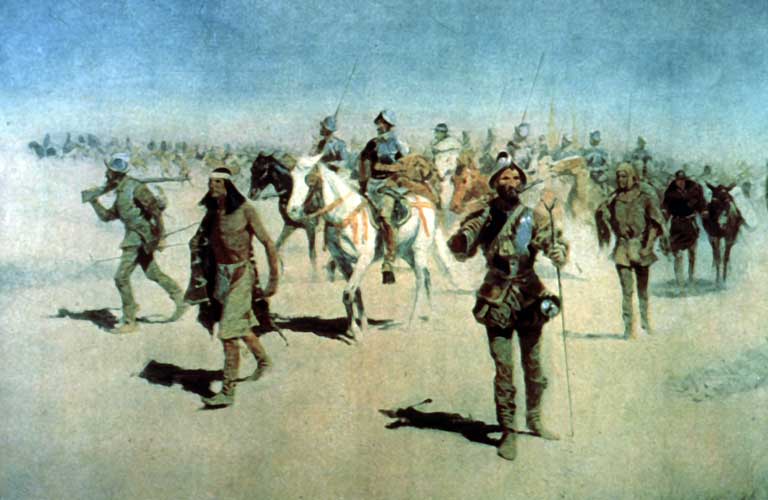
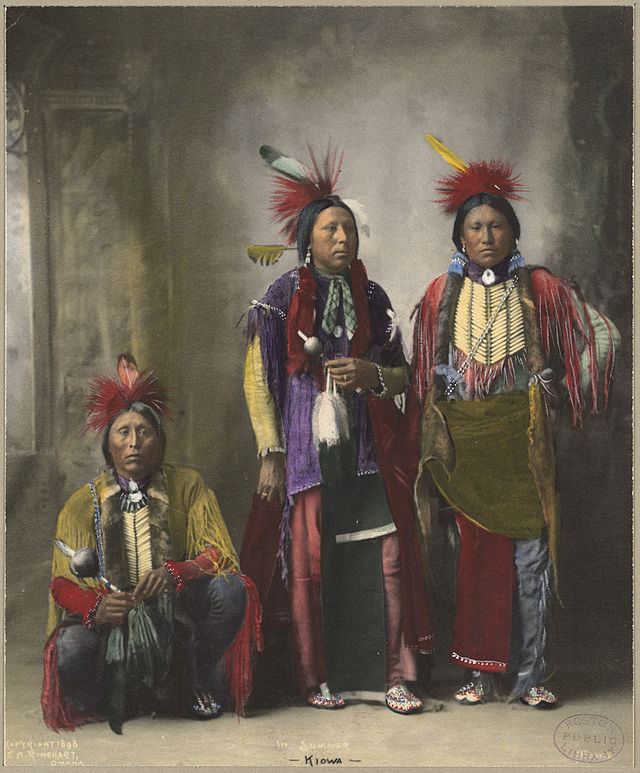
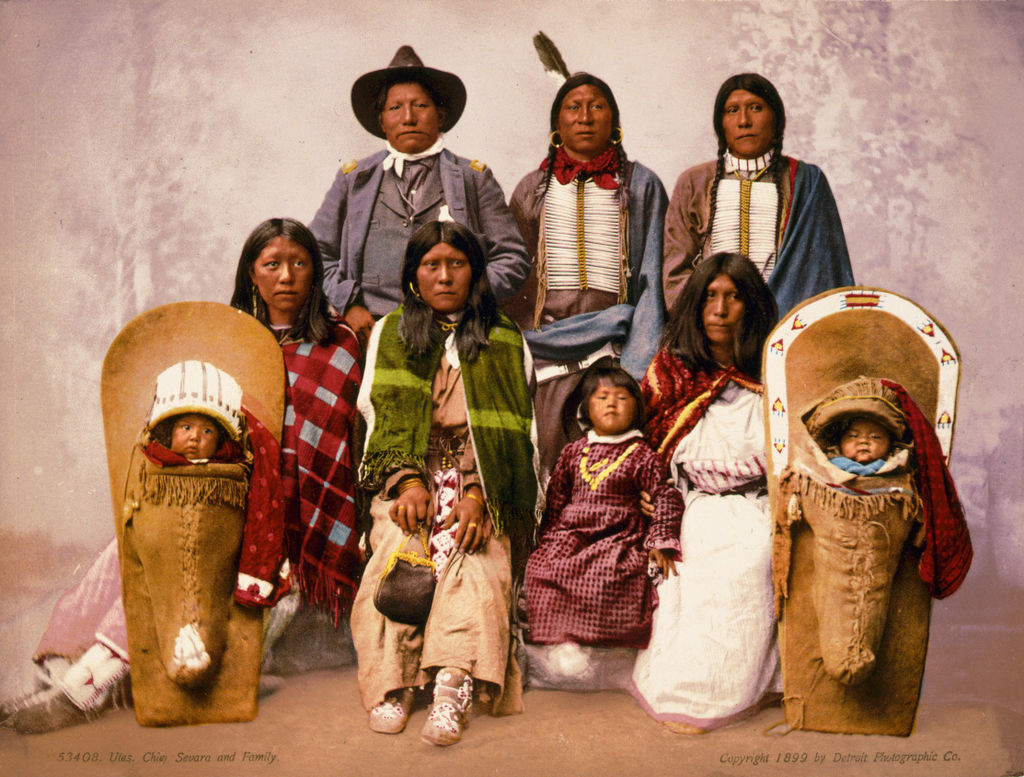
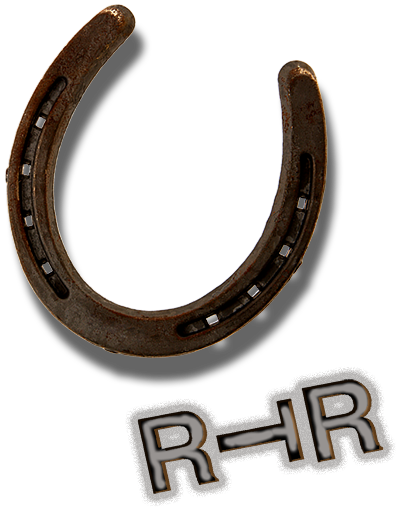
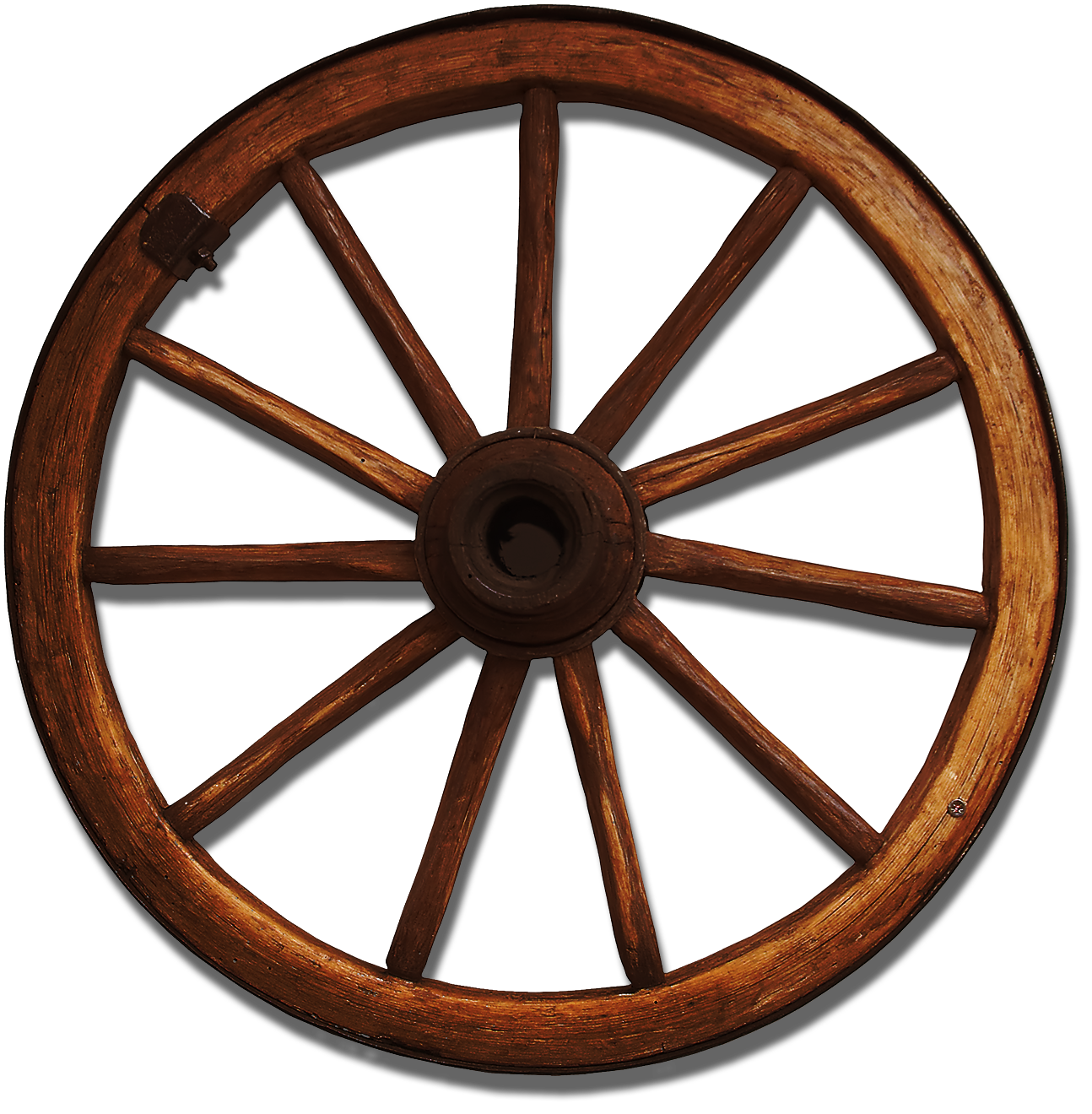
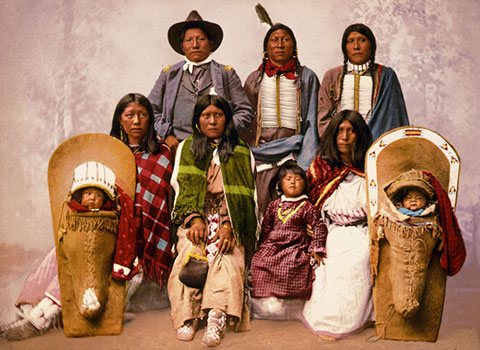
Ute People: Chief Severo and family, ca. 1899
Our Colorado dude ranch is surrounded by the San Juan Mountains in the Rio Grande National Forest and the South San Juan Wilderness. To the east is the fertile San Luis Valley and the Sangre de Cristo mountain range dominated by majestic Mt. Blanca, over 14,000ft high and the fourth highest peak in Colorado. There are great views of the Sangre de Cristo Mountains and the San Luis Valley from our backcountry and Notch all-day rides. The towns nearest the ranch are Antonito, CO to the east and Chama, NM to the south, both reflecting the influence of Spanish culture.
Preceding and interwoven with the local history of the Spanish is that of the Native Americans, whose tribes have included the Ute, Cheyenne, Arapahoe and Kiowa. Early cliff dwellers made their homes to the south and west of the ranch, followed by the Pueblo Native Americans. In fact, the remarkable Taos Pueblo is just an hour and a half from the ranch while Mesa Verde is three hours to the west.
Thar’s Gold in Them Thar Mountains
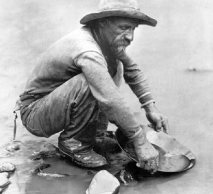
In the 1870s the relative tranquility of the area was shattered by the discovery of gold and silver. Miners flocked to the region and numerous small towns were quickly erected. In the mountains north of the ranch are the remains of Platoro, Jasper and Stunner. Most such towns were abandoned early in the 1900s with the demise of the local mining industry.
More lasting than the mining business was the railroad which was built between Antonito and Chama, in part to serve the miners. Thanks originally to the Denver & Rio Grande Railroad, this line still operates in the summer for sightseers, including our ranch guests.
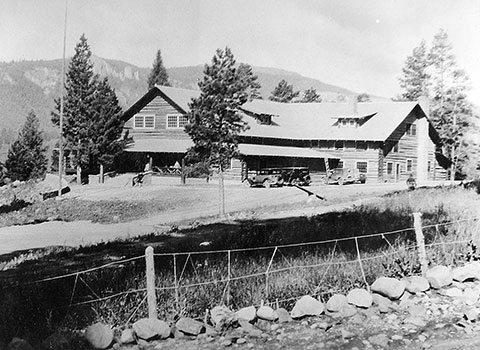
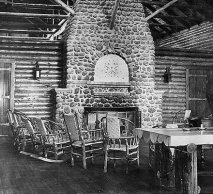
By the turn of the century, the ranch was a noted fisherman’s paradise and soon a private fishing club was established for a select group of sportsmen. Cabins were built and by the mid 1920s construction began on the lodge, which was the largest log structure of the time. Built with local Engelmann spruce, it is said that not a single nail was used in the entire 18,000 square foot structure—just wooden pegs. It was truly the showplace of the Rockies, and happily remains so today.
In the late 1920s the door was opened to the public as a guest ranch with extraordinary fishing. As time went by it developed a fine reputation for providing unexcelled family vacations. We are very proud of that tradition and are dedicated to its continuation.


